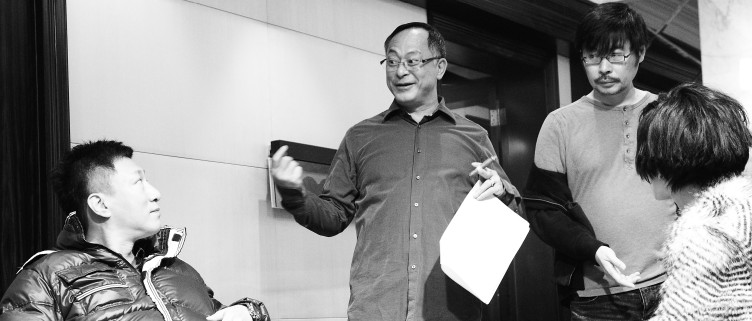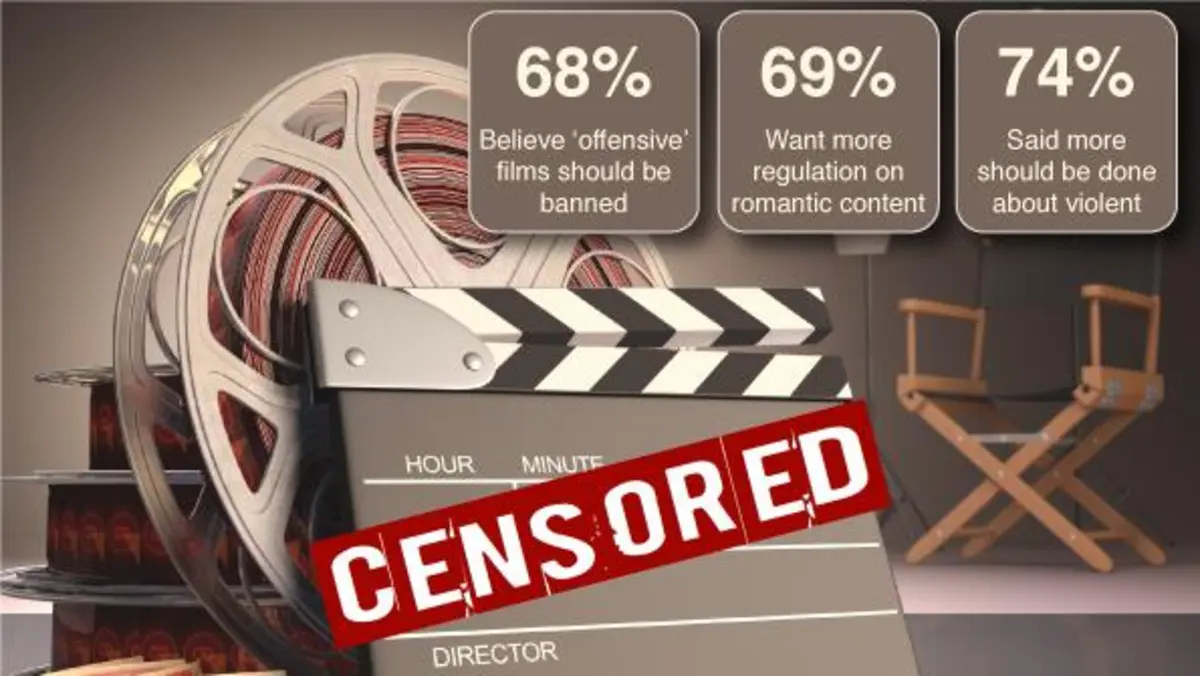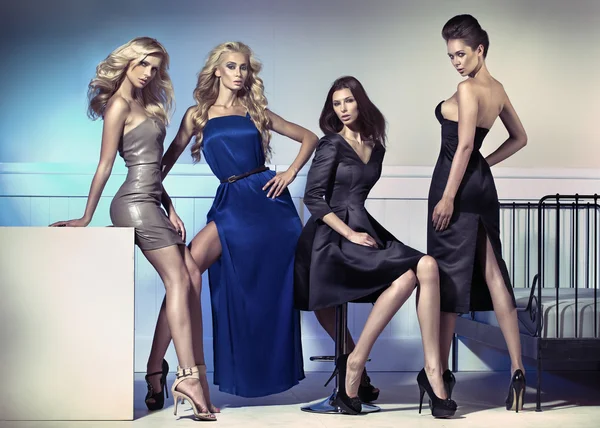Exploring the Role of Cinematography in Creating Visual Narratives
Explore the power of visual narratives in cinematography. Learn how cinematographers craft cinematic storytelling through visuals.

The Artistry of Cinematography Crafting Visual Narratives
Cinematography is often referred to as the visual language of filmmaking, and for good reason. It is the art and science of capturing moving images on film or digital media, and it plays a pivotal role in shaping the way stories are told on the big screen. In this discussion, we will delve into the multifaceted role of cinematography in creating a visual narrative, exploring its techniques, tools, and impact on storytelling.
The Cinematic Canvas
At its core, cinematography is the act of painting with light. Cinematographers, also known as directors of photography (DOPs), are the visual architects of a film. They work closely with directors to translate the written script into a visual form. Cinematography encompasses a vast array of elements, each contributing to the overall visual narrative.
- Composition and Framing: Composition is the foundation of cinematography. It involves the arrangement of elements within the frame to create visually pleasing and meaningful images. The choice of framing - whether it's a close-up, medium shot, or wide shot - has a profound impact on the audience's perception of the characters and the story. For example, a close-up shot of a character's face can reveal their emotions and thoughts in great detail, while a wide shot can establish the setting and relationships between characters. The composition and framing decisions made by cinematographers guide the audience's attention and shape their understanding of the narrative.
- Lighting: Lighting is one of the most powerful tools in a cinematographer's arsenal. It not only illuminates the scene but also sets the mood and tone of the story. The direction, intensity, and quality of light can transform a mundane location into a dramatic setting. Consider a film noir classic like "Blade Runner." The interplay of light and shadow in the film's dystopian cityscape not only enhances the visual aesthetics but also conveys the bleak, mysterious atmosphere of the narrative. In this way, lighting becomes a storytelling element in itself, revealing character motivations and plot developments.
- Color Palette: Cinematographers manipulate color to evoke specific emotions and themes. The choice of color palette can transport the audience to different times and places. In Wes Anderson's "The Grand Budapest Hotel," the vibrant and meticulously coordinated colors create a whimsical and nostalgic world that complements the film's quirky narrative. Similarly, color grading in post-production allows cinematographers to fine-tune the visual narrative, adjusting colors to enhance the mood or convey symbolic meanings. The color red, for instance, can symbolize love, passion, or danger, and its presence or absence can profoundly impact the viewer's interpretation of a scene.
Movement and Rhythm
Cinematography is not limited to static images; it also encompasses the dynamic aspects of filmmaking, including camera movement and editing. These elements play a crucial role in shaping the pacing and rhythm of a visual narrative.
- Camera Movement: The movement of the camera can express emotions, reveal character dynamics, and even symbolize narrative themes. A slow, sweeping camera movement may convey a sense of tranquility or contemplation, while a shaky, handheld camera can create tension and immediacy. Consider the opening scene of Orson Welles' "Touch of Evil," which features an iconic long tracking shot. This single take sets the stage for the entire film, drawing the audience into the narrative and showcasing the talent of the cinematographer. Such camera movements are not mere technical feats but integral storytelling devices.
- Editing: Editing is often referred to as "the invisible art" because its impact on the narrative is subtle yet profound. Cinematographers work closely with editors to ensure that the shots are assembled in a way that enhances storytelling. The rhythm of cuts, the juxtaposition of images, and the use of transitions all contribute to the flow of the narrative. In Christopher Nolan's "Inception," the intricate editing creates a dreamlike quality, blurring the boundaries between reality and illusion. This complex structure not only serves the plot but also reflects the thematic exploration of the film.
Narrative Perspective
Cinematography is not limited to the visual aesthetics of a film; it also influences the audience's perspective and engagement with the story.
- Point of View (POV): Cinematographers can use different perspectives to immerse the audience in the narrative. A character's POV shot allows viewers to see the world through their eyes, forging a deeper emotional connection. In "Children of Men," director Alfonso Cuar n and cinematographer Emmanuel Lubezki employ long, unbroken takes to create a sense of urgency and place the audience directly in the midst of chaotic events.
- Subjective vs. Objective: Cinematography can manipulate the audience's perception of reality. A subjective camera perspective aligns the viewer with a character's emotions and experiences, while an objective perspective provides an unbiased observation of the narrative. The choice between these perspectives influences the audience's empathy and understanding of the characters and their motivations. Alfred Hitchcock's "Psycho" is a prime example of how changing perspectives through cinematography can shock and disorient the audience, enhancing the psychological horror of the story.
Emotional Resonance
Cinematography has the power to evoke profound emotional responses from the audience. By carefully crafting visual elements, cinematographers can amplify the impact of a narrative.
- Symbolism and Metaphor: Cinematographers often employ symbolism and metaphor to convey deeper layers of meaning. A recurring visual motif or a well-placed object can carry significant thematic weight. In "The Shawshank Redemption," the symbolic use of the tunnel as a path to freedom becomes a powerful representation of hope and liberation.
- Mise-en-sc ne: Mise-en-sc ne refers to everything that appears in the frame, from the placement of actors and props to the set design and costumes. Cinematographers collaborate with production designers to create a cohesive visual world that aligns with the narrative. In Baz Luhrmann's "Moulin Rouge!," the lavish and extravagant mise-en-sc ne mirrors the film's romantic and theatrical storyline. Every detail, from the vibrant costumes to the opulent set design, contributes to the film's emotional impact.
Technological Advancements
The role of cinematography in visual storytelling has evolved alongside technological advancements. From the early days of silent cinema to the digital era, new tools and techniques have expanded the creative possibilities for cinematographers.
- Film vs. Digital: The transition from celluloid film to digital cinematography has revolutionized the industry. Digital cameras offer greater flexibility, allowing cinematographers to capture scenes in low-light conditions, experiment with different frame rates, and achieve stunning visual effects. Films like "Avatar" and "Gravity" push the boundaries of what is visually possible, thanks to advancements in digital cinematography. These innovations not only expand the creative palette but also challenge cinematographers to adapt and learn new skills.
- Drone Technology: Aerial cinematography has been transformed by the proliferation of drone technology. Drones provide breathtaking perspectives and allow cinematographers to capture scenes that were once prohibitively expensive or logistically challenging. In "Mad Max: Fury Road," director George Miller and
Cinematography is an art form that continues to evolve and adapt alongside technological advancements. It remains an essential element in the creation of visual narratives, with its ability to shape the audience's perception, evoke emotions, and convey thematic depth.
What's Your Reaction?
















